BEANS
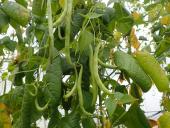 | Lovage
Nasturtium
Rosemary
Corn
Sunflowers | Corn helps climbing beans (not bush beans), providing a natural structure to help beans reach sunlight. corn is planted first, preventing early competition. Source: USDA, NIH.
Lovage attracts beneficial insects such as parasitoid wasps
which prey on aphids and beetles. Source.
Nasturtiums proves an effective trap crop that draws pests away from French/bush beans. Source.
Rosemary repels common garden pests thanks to its compounds—camphor, cineole, and camphene.
Sunflowers provide support as a living trellis. Source: Three Sisters Guild, Eames-Sheavly, Cornell Cooperative Extension (1993) |
BEETS
 |
Bush beans
Garlic
Lettuce
Onion family | Bush beans are beneficial to beets, fixing nitrogen making it available to soil; however, runner or pole beans stunt growth.
Garlic improves beet growth and flavor.
Lettuce grows well with beets, due to complementary root structures, soil shading, and weed suppression
Onions and beets grow well together, reducing pest pressure, increasing root yield, and benefiting soil health and crop spacing. |
BROCCOLI
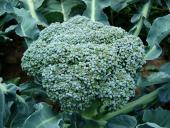 | Alyssum
Dill
Chinese Cabbage
Marigold
Nasturtium
Oregano
Sage
Thyme | Alyssum helps broccoli by attracting hoverflies, which are important natural predators of aphids—the main pest of broccoli.. Source: USDA.
Chinese cabbage can be effectively used as a trap crop planted alongside broccoli to attract and divert cabbage root flies. Source: NIH Dill contain repellent properties against broccoli pests. Source. It's also a physical barrier to protect broccoli from pest attack. Source.
Sage reduces pest egg-laying of diamondback moths on intercropped broccoli. Source.
Thyme and nasturium reduce cabbage looper and imported cabbageworm damage in broccoli. Source: Iowa State University |
CABBAGE
 | Chamomile
Dill
Garlic
Nasturtium
Onion
Rosemary
Sage
Tansy
Thyme | Chamomile deters pests when intercropped with cabbage. Source. Dill intercropped with cabbage attracts parasitic was to control cabbage worms. Source: Kenny & Chapman (1988). Garlic repels diamondback moths. Source. Thyme disrupts egg-laying of the diamondback moth. Source. Nasturtium, onion ,and thyme plots have resistance toward cabbage worm and cabbage looper. Source. Onions help cabbage by lowering pest pressure and boosting productivity. Source.
Sage, dill, chamomile and hyssop disrupt the egg laying behaviour of the cabbageworm. Source. |
CARROTS
 | Chives
Leeks
Onions
Peas
Radishes
Rosemary
Sage
Savory | Onions intercropped with carrot significantly reduced carrot fly attacks. Source. Onions also improve root yield. Source.
Chive and leeks may also repel carrot fly through odor masking and interference. Marigolds reduce nematodes in the soil to prevent root knot issues and crop stunting, but only when grown and ploughed in the soil the year before. Source. Sage odor alters carrot fly behavior, potentially helping protect carrots by disrupting the flies’ host-finding. Source.
Summer Savory significantly reduces carrot psyllids, aphids, nematodes, and carrot fly. Source. |
CORN
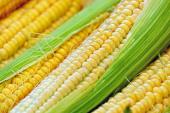 | Beans (pole)
Cucumbers
Dill
Geranium
Peas
Potatoes
Squash
Sunflower | Beans intercropped with corn increase yield and soil fertility, according to multiple sources.
Pole beans climb and support corn and squash, shield soil, deter pests, and suppress weeds (squash vine borers, mammals). Source.
Geranium (Pelargonium) attracts Japanese beetles; geranium’s toxins paralyze them, reducing beetle pressure on corn silks. Source.
Potatoes using subterranean space complement corn's shallow roots; they stabilize soil and shade ground.
Dwarf sunflowers planted around corn attracted an army of pest-hungry ladybugs. (Kansas Academy of Science). |
CUCUMBERS
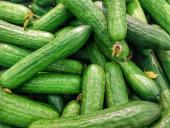 | Pole Beans
Corn
Dill
Nasturtiums
Oregano
Chili Pepper
Radish
Sunflowers
Tansy | Beans add nitrogen, aiding cucumber growth and reducing pest incidence. Source. Bean flowers attract pollinators. Both beans and cukes can share support structures.
Corn intercropped with cucumbers reduces cucumber insect pests by over 50% versus cucumbers grown alone. Source.
Dill repels aphids and mites that may attack cucumbers. Source.
Nasturtium is a trap plant that keeps cucumber beetles, squash bugs, squash beetles, whiteflies and aphids away from cucumber. Source.
Hot Pepper intercropped with cucumber reduced root knot nematode (Meloidogyne incognita) attack. Also, peppers creates resistance to cucumber mosaic virus. Radishes are a companion plant to repel cucumber beetles. A 2008 study published in HortTechnology.
Sunflowers create a natural trellis for the climbing cucumber vines, provide shade, and attract pollinators. Tansy (Tanacetum vulgare) repels cucumber beetles, ants, bugs, beetles, and flying insects. Source. |
LETTUCE
 | Alyssum
Chives
Garlic
Onion
Oregano
Peas
Poached Egg
Radish
Thyme | Alyssum intercropped with lettuce controls aphids. Source: USDA.
Chives, garlic, and onions deter aphids and other pests by masking scent. Source: Iowa State University.
Onions planted around lettuce led to fewer cutworms. Source: CBTA.
Oregano brings in predators for pests, especially ground beetles.
Peas benefit lettuce, adding nitrogen to the soil. Source.
Poached egg plant attracts hoverflies, whose larvae then consume aphids. Source: Journal of Agricultural Science.
Radishes are a trap crop for lettuce, attracting pests away from lettuce and enhancing overall crop productivity. Source.
Thyme deters cabbage worm, looper, and weevil. Source. |
ONIONS
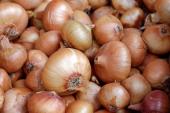 | Beets
Cabbage
Carrot
Chard
Lettuce
Strawberry
Tomatoes | Beets intercropped with onions influences onion seed yield positively. Source. Marigolds reduce the egg laying of onion maggot fly. Source: Scientia Agricola |
PEAS
 | Alyssum
Chives
Corn
Lettuce
Mint
Radish
Spinach | Alyssum brings pollinators to the pea flowers and encourages lacewings, which eat aphids. Source. Lettuce interplants well with peas and can enhance efficiency without hurting pea yield. Source: Journal of Agricultural Sciences |
PEPPERS
 | Basil
Chives
Cilantro
Dill
Leeks
Onions
Oregano
Rosemary | Basil improves the growth and flavor of peppers and has a protective, insecticidal quality. Same goes for oregano.
Dill intercropping supports beneficial predators that help reduce corn borer damage on peppers. Source. Leeks and chives can help peppers by repelling aphids. Source.
Onions emit strong odors that can repel various pepper pests, including aphids, thrips, and whiteflies.
Rosemary benefits peppers by reducing aphids, if planted nearby (around 0.5 meters) . Source. |
POTATOES
 | Basil
Beans
Calendula
Cilantro
Dill
Garlic
Horseradish
Onion
Peas
Tansy | Basil discourages Colorado potato beetles and also attracts beneficial insects. Source. Beans (bush) intercropped with potatoes improve both yield and soil health. Source.
Calendula, tansy, and horseradish planted at the corner of a potato patch ward off Colorado potato beetles. Source: ACS
Cilantro planted near potatoes reduces populations of the Colorado potato beetle, aphids, carrot rust fly and spider mite. Source.
Dill does a great job of luring enemies of the Colorado potato beetle. Source: Rutgers University.
Garlic planted with potatoes (3:1 ratio) led to the best disease suppression (late blight) and yield gain. Source.
Onions reduced aphids and pest populations. Source. |
PUMPKINS and WINTER SQUASH 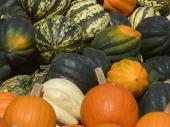 | Beans
Borage
Calendula
Corn
Lovage
Marigold
Nasturtium
Oregano
Radish
Tansy | Pole beans produce nitrogen for the squash and pumpkin, and squash is traditionally planted with corn and beans ("three sisters") to disorient the adult vine borer. Source. Borage flowers bring predators which eat the squash pests, plus pollinators! Source: Permaculture Research Institute Marigold deter beetles, especially the striped cucumber beetle and squash bug. Source. Nasturtium, radish, and tansy repel cucumber beetles. Source. |
RADISHES
 | Bok Choi
Chervil
Collards
Lettuce
Nasturtium
Peas
Spinach | Bok choi (pac choi) intercropped with radish boosted harvest. Source: NIH. Collards complement radishes. In the same plot, they increase use of space without any negative effects on growth.
Head lettuce is a good companion to radish but avoid overcrowding.
Peas are well documented as an early nitrogen-fixer, improving fertility and radish growth. Source. Spinach intercropped with radish significantly increased growth and yield. Source.
|
SPINACH
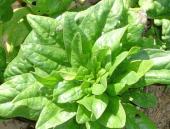 | Beans
Celery
Cilantro
Coreopsis
Peas
Radish | Peas and pole beans provide natural shade for the spinach, and also improve soil fertility to improve nutrient availability. Source. Radishes planted alongside spinach can optimize space, reduce pests, and improve overall yield. Source.
Coreopsis is a lovely flower that will attract beneficial insects, like bees, butterflies, and other pollinators, including hoverflies, soldier beetles, and tachinid flies. Add to any bed! |
TOMATOES
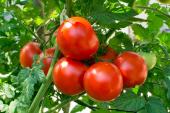 | Asparagus
Basil
Beans
Borage
Calendula
Celery
Marigold
Parsley
Radish
Rosemary
Thyme | Asparagus and tomatoes support each other by repelling each other’s pests—tomatoes release solanine to deter asparagus beetles, while asparagus secretes compounds that repel root-knot nematodes. (Source: Rutgers)
Basil simply makes tomatoes healthier, releasing volatiles that prime the tomato’s defense system, enhancing its response to wounding and pest attack. Source: NIH.
Bush Beans interplanted with tomatoes decrease disease. Source: Jessica Walliser Plant Partners.
Borage attracts the parasitic wasp that attacks aphids and tomato hornworms. Source. Borage also attracts pollinators, and enhances tomato growth, taste, and disease resistance when intercropped. Source.
Calendula is a flower companion which repels tomato pests. Marigolds repel whiteflies when planted with tomatoes. Source.
Radish works as a trap crop for flea beetles, a pest of young tomato seedlings.
Rosemary oils repel aphids, thrips, and whiteflies—all common tomato pests .
Thyme helps reduce insect damage to tomatoes. Scientists at Iowa State saw a reduction in egg-laying by adult armyworms when tomatoes were interplanted with the herb.
Thyme improves tomato root development, flowers, and fruit in studies when on its own. Source. |
ZUCCHINI/ SUMMER SQUASH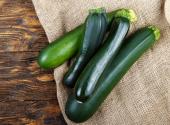 | Buckwheat
Marigold
Nasturtium
Oregano
Radishes
Zinnia | Buckwheat alternating with squash strips reduces aphids, plant disease, and increases beneficial poplations. Source: University of Florida.
Marigold intercropped with zucchini demonstrated the best resistance to cucumber beetle. Source: RES
Oregano provides pest protection as a natural insecticide. Source.
Nasturtium repels cucumber beetles. Source.
Radishes planted alongside zucchini reduces squash bug egg laying. University of Nebraska.
Zinnia attract predators that eat whiteflies and also attract pollinators. Permaculture Institute.
|
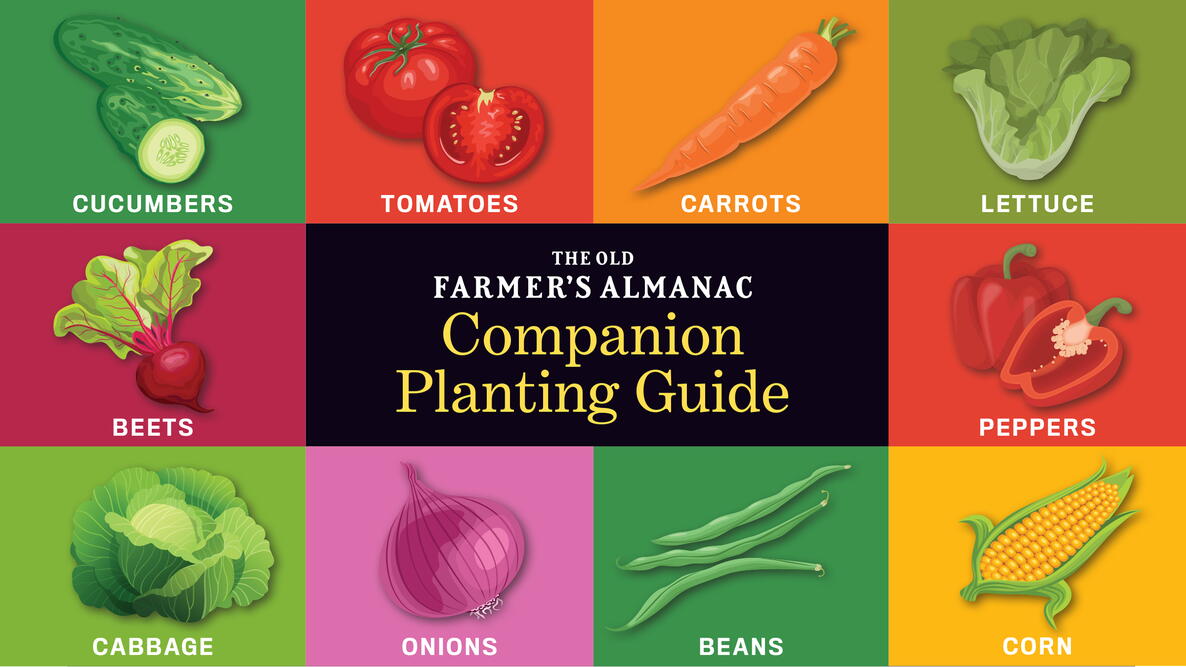


















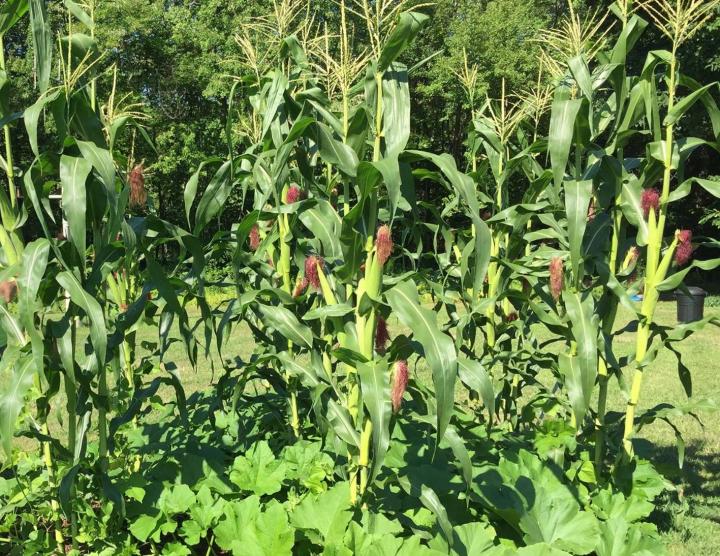

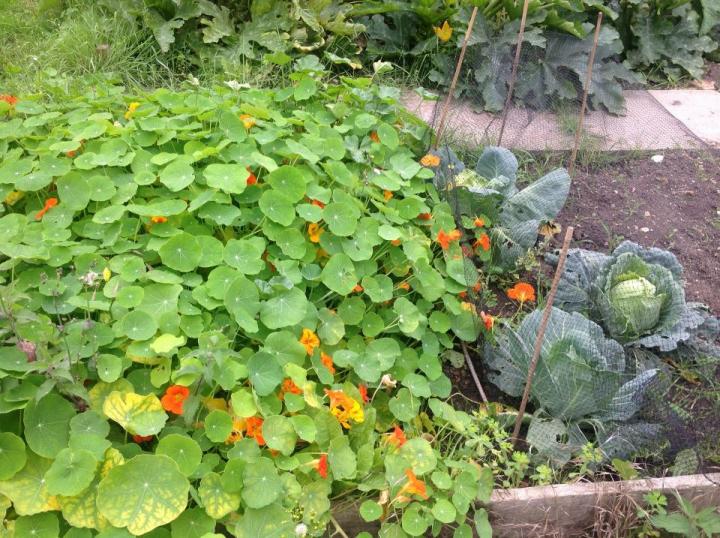
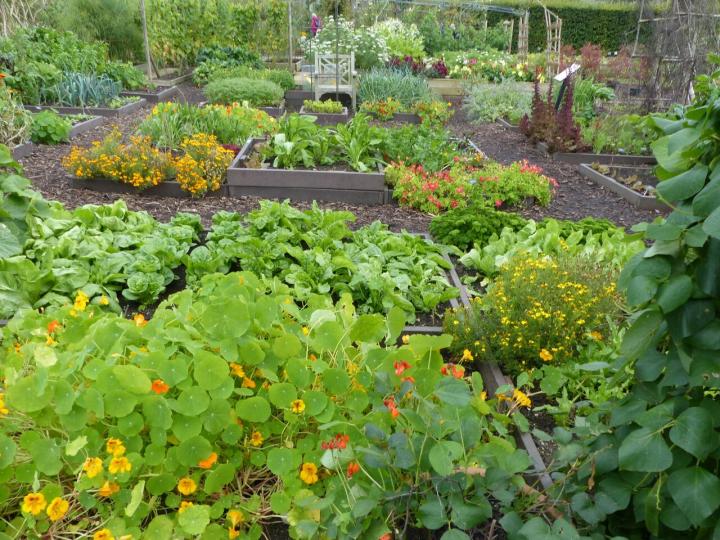
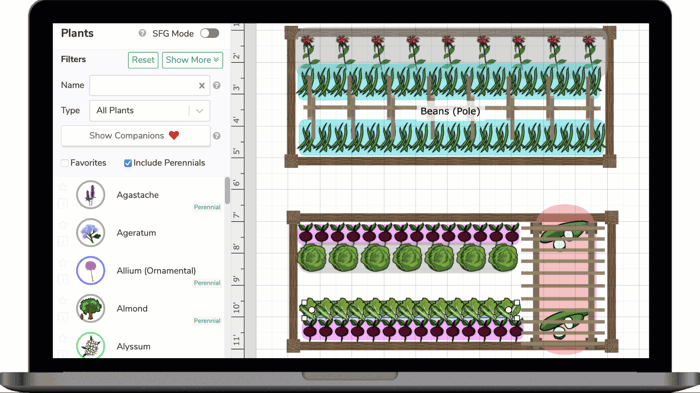









Comments